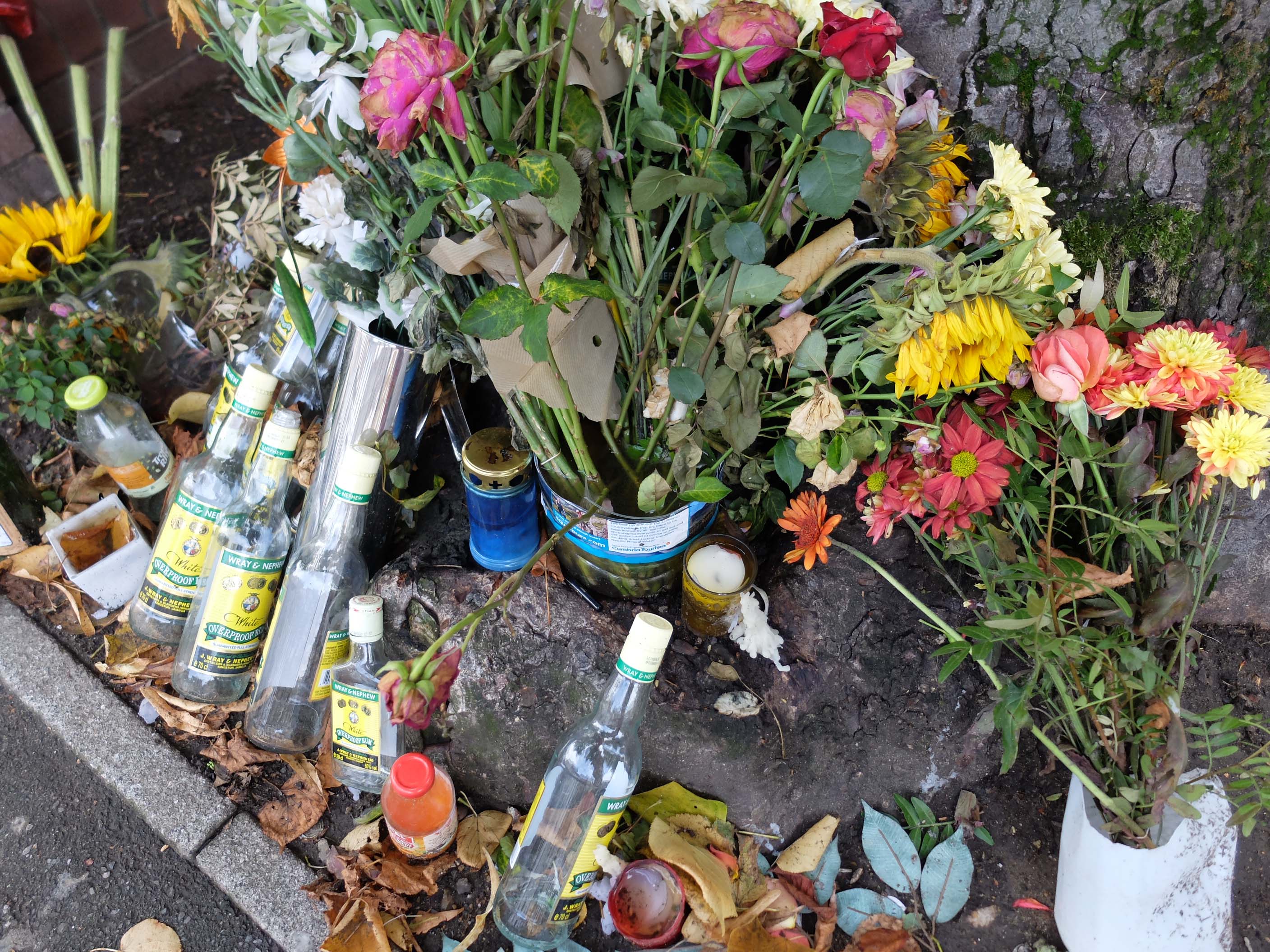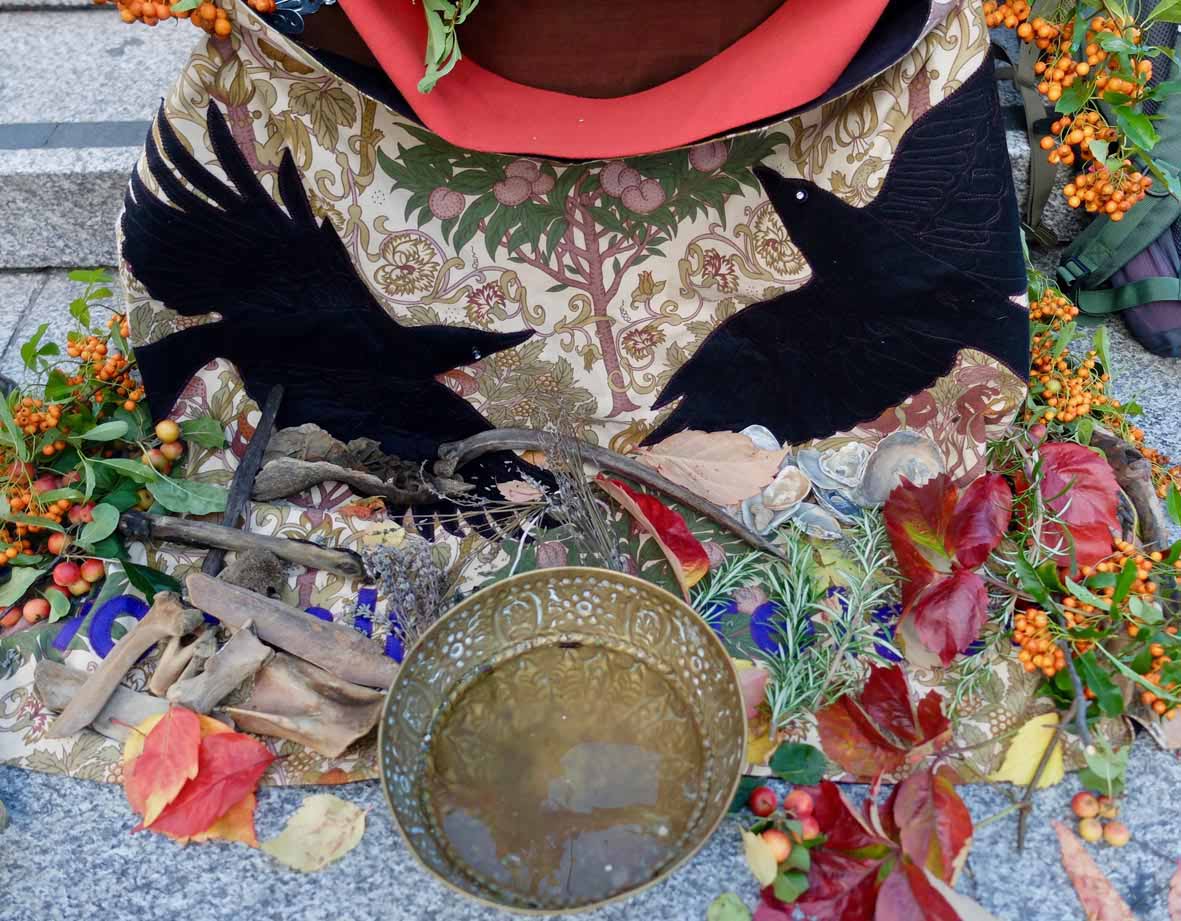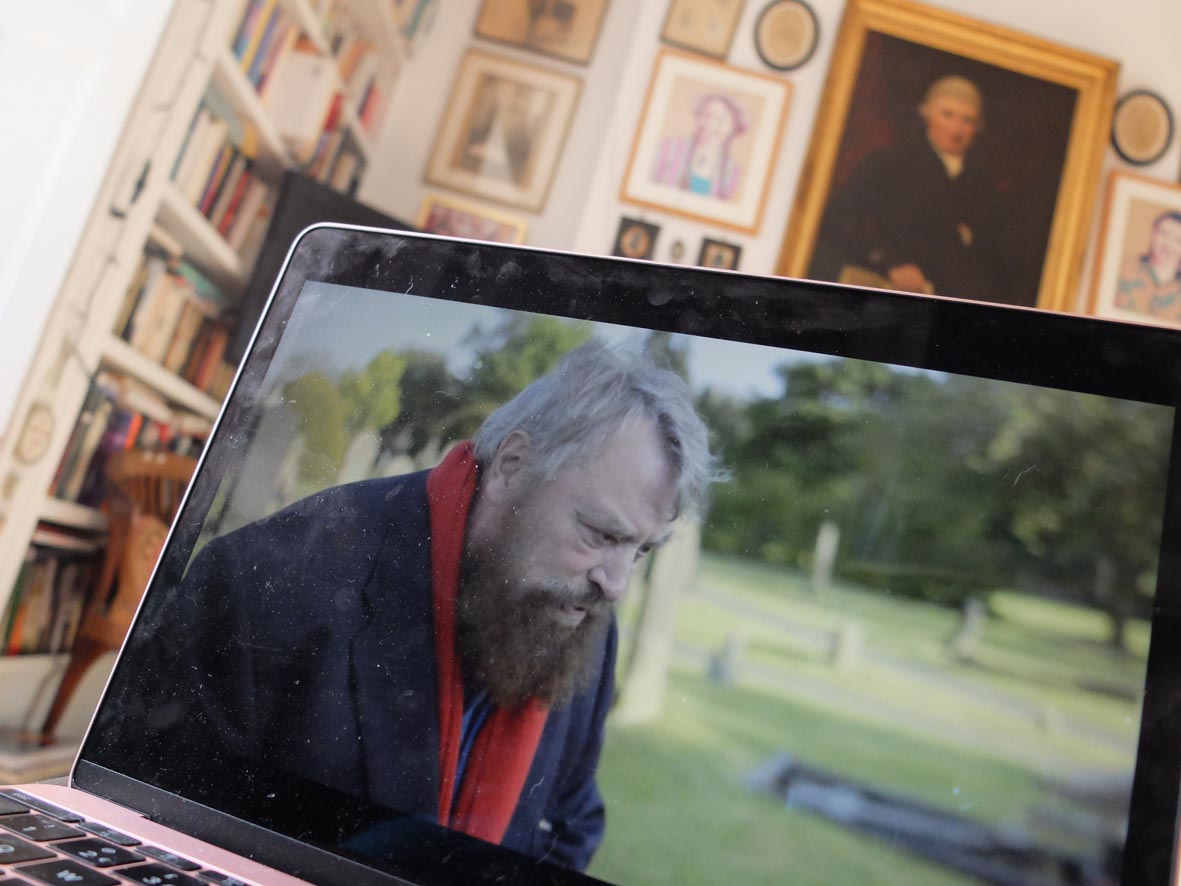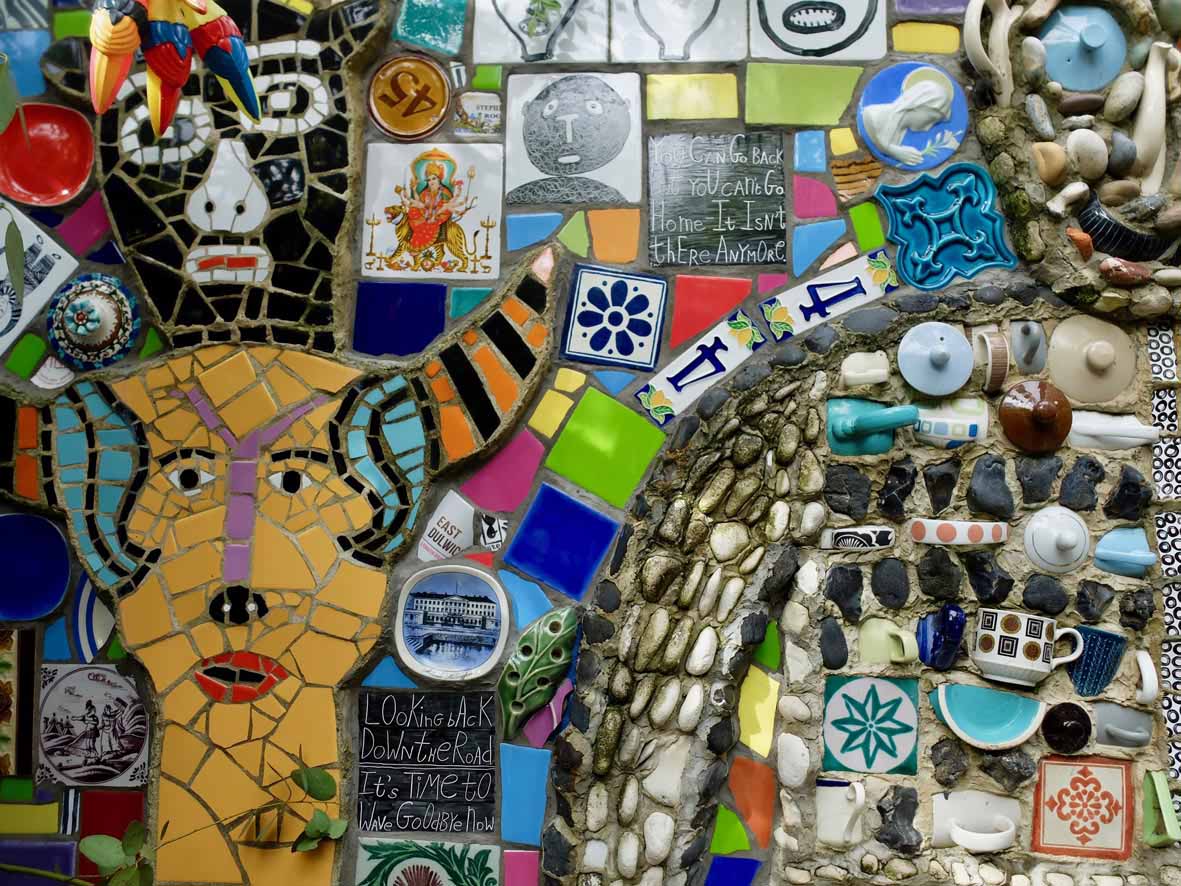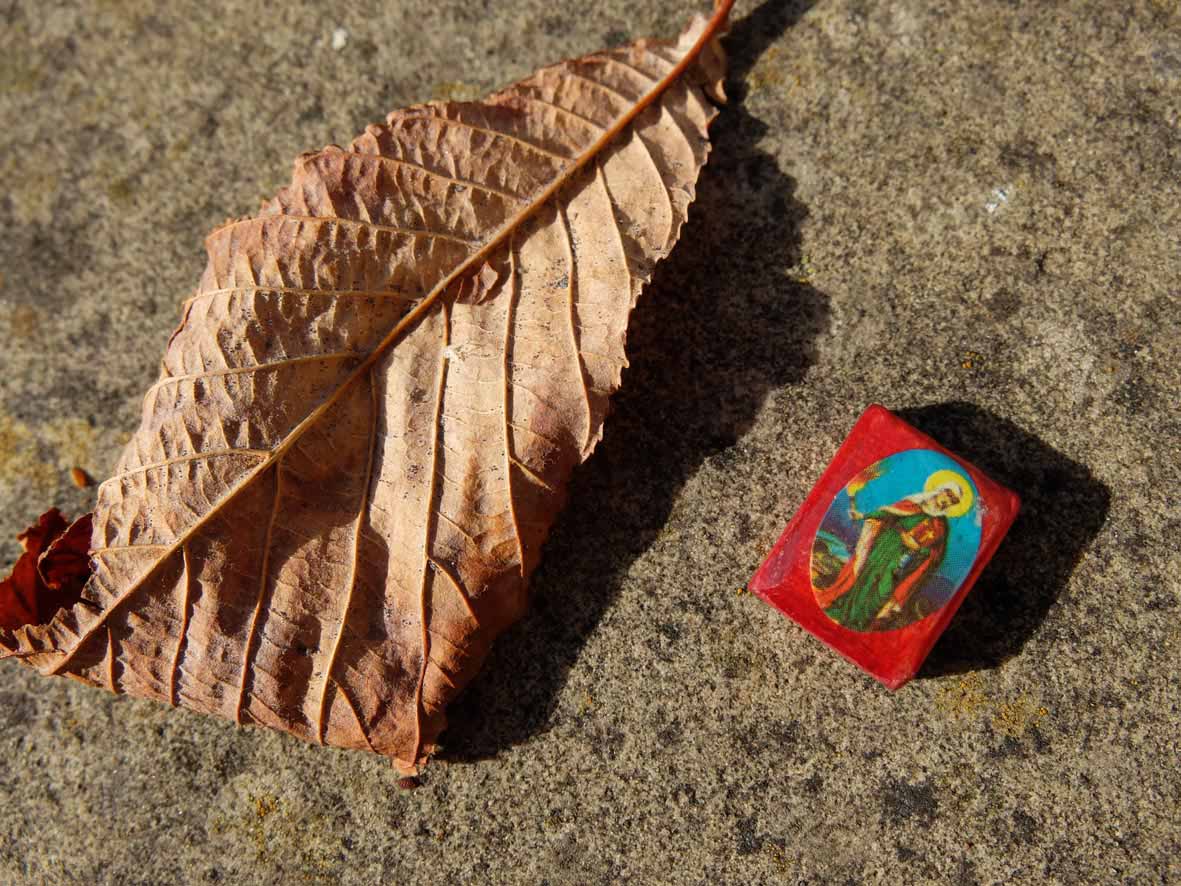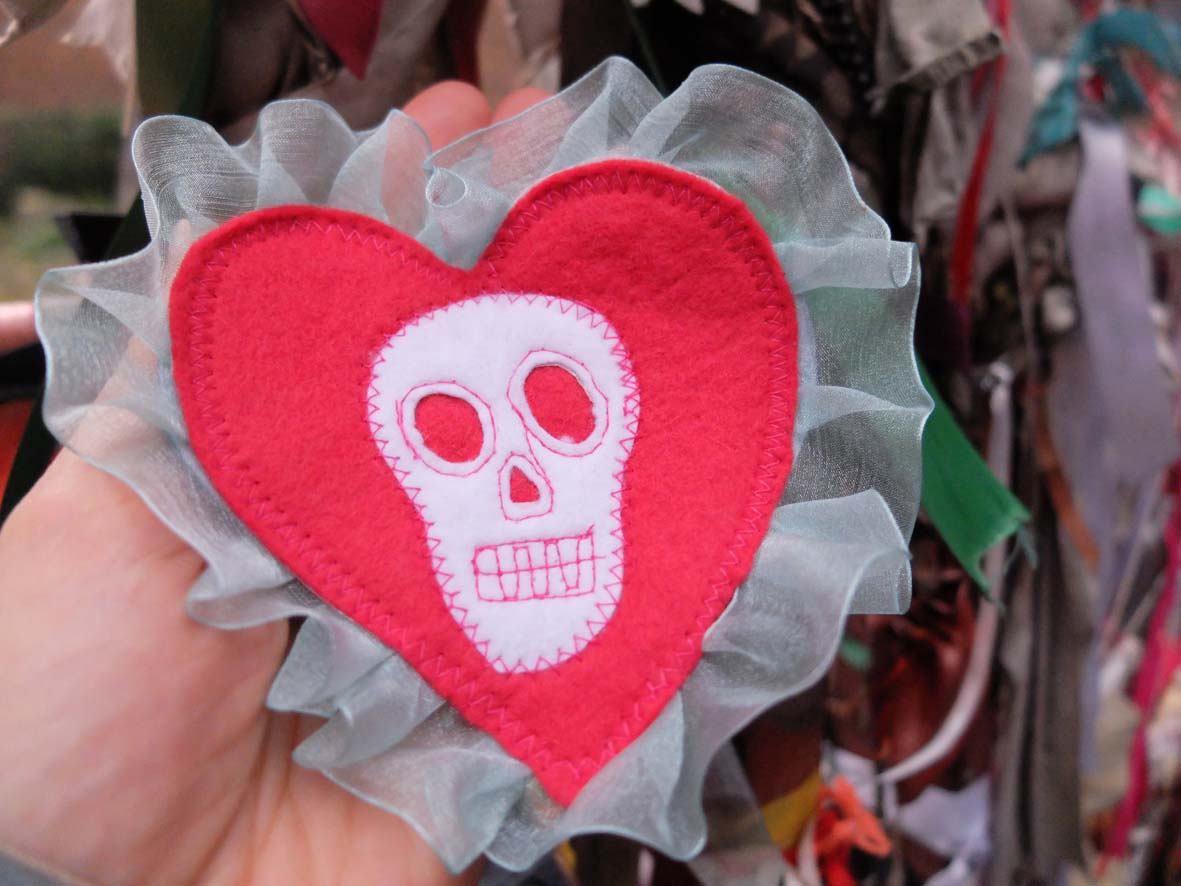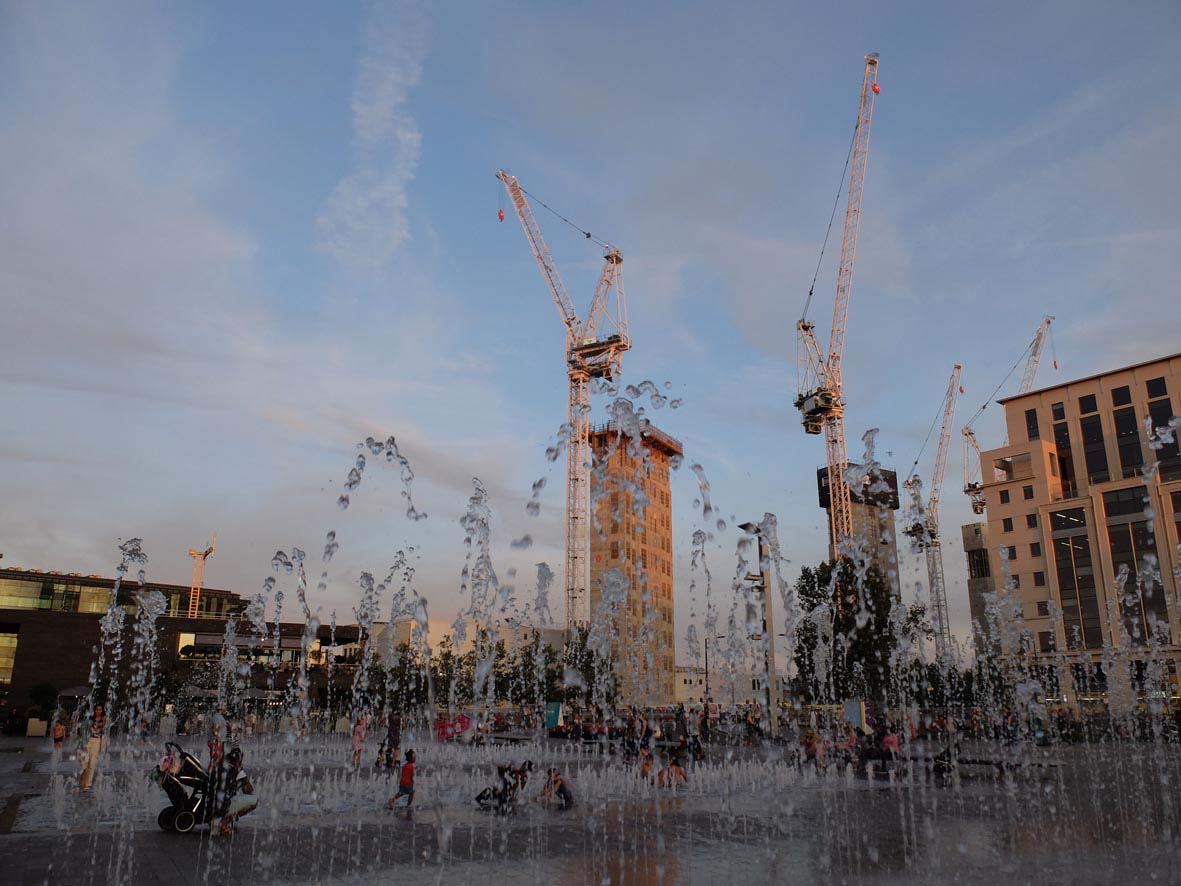24 Oct Flowers on a Bench
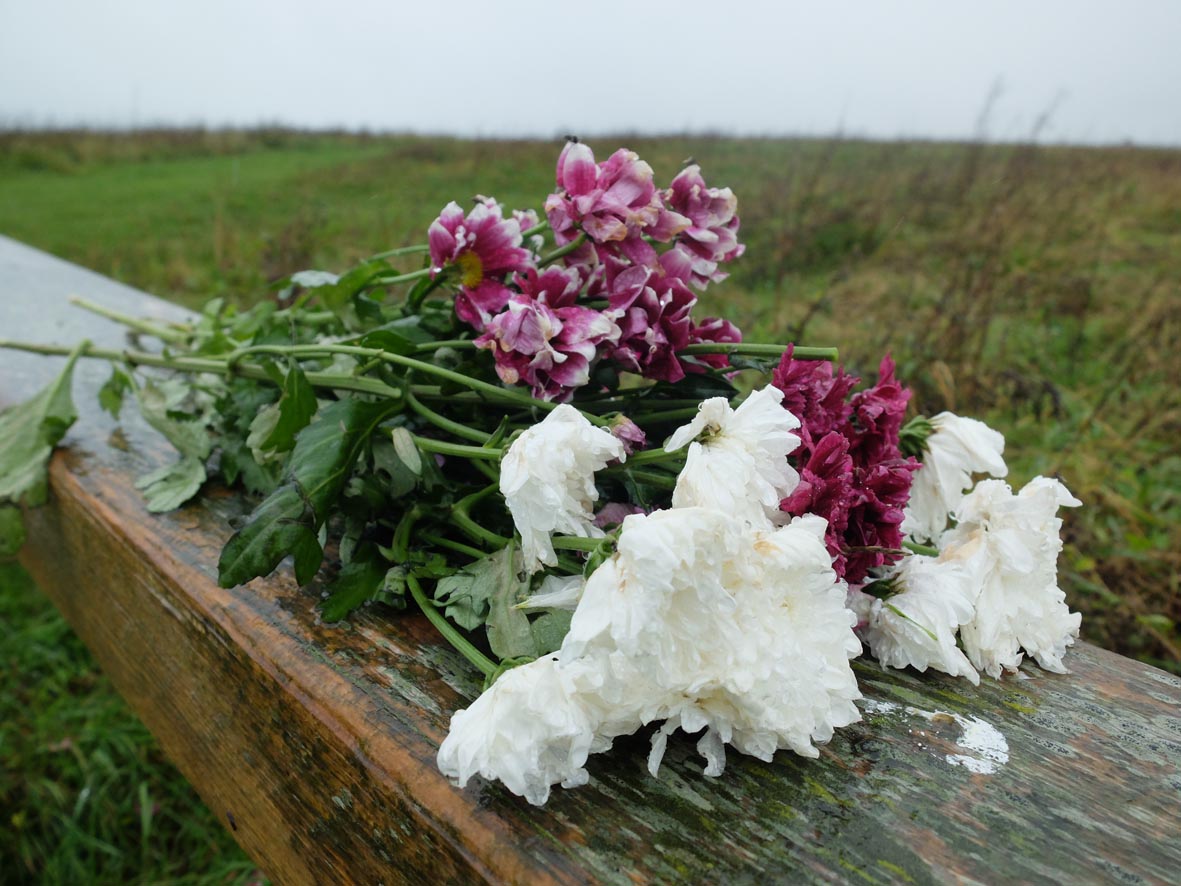 On the brow of the hill where the view is attention seeking is a simple bench. “In memory of Alan Holden 1924-2011…expertly monitored butterflies and helped create the nature reserve for all to enjoy,” reads the plaque. Eight years since his death, and here lie fresh flowers. The living rush about, send texts, busy themselves with infinite to do lists. This eight-years-gone man has time to remind us to sit awhile. I remember a holiday free from the tyranny of digital means. We sat on a bench on a hill to watch the passing of sunlight across a valley, and the movement of goats. We called it ‘goat tv’. I stop and remember at this place of remembrance that other view where we stopped and sat.
On the brow of the hill where the view is attention seeking is a simple bench. “In memory of Alan Holden 1924-2011…expertly monitored butterflies and helped create the nature reserve for all to enjoy,” reads the plaque. Eight years since his death, and here lie fresh flowers. The living rush about, send texts, busy themselves with infinite to do lists. This eight-years-gone man has time to remind us to sit awhile. I remember a holiday free from the tyranny of digital means. We sat on a bench on a hill to watch the passing of sunlight across a valley, and the movement of goats. We called it ‘goat tv’. I stop and remember at this place of remembrance that other view where we stopped and sat.



